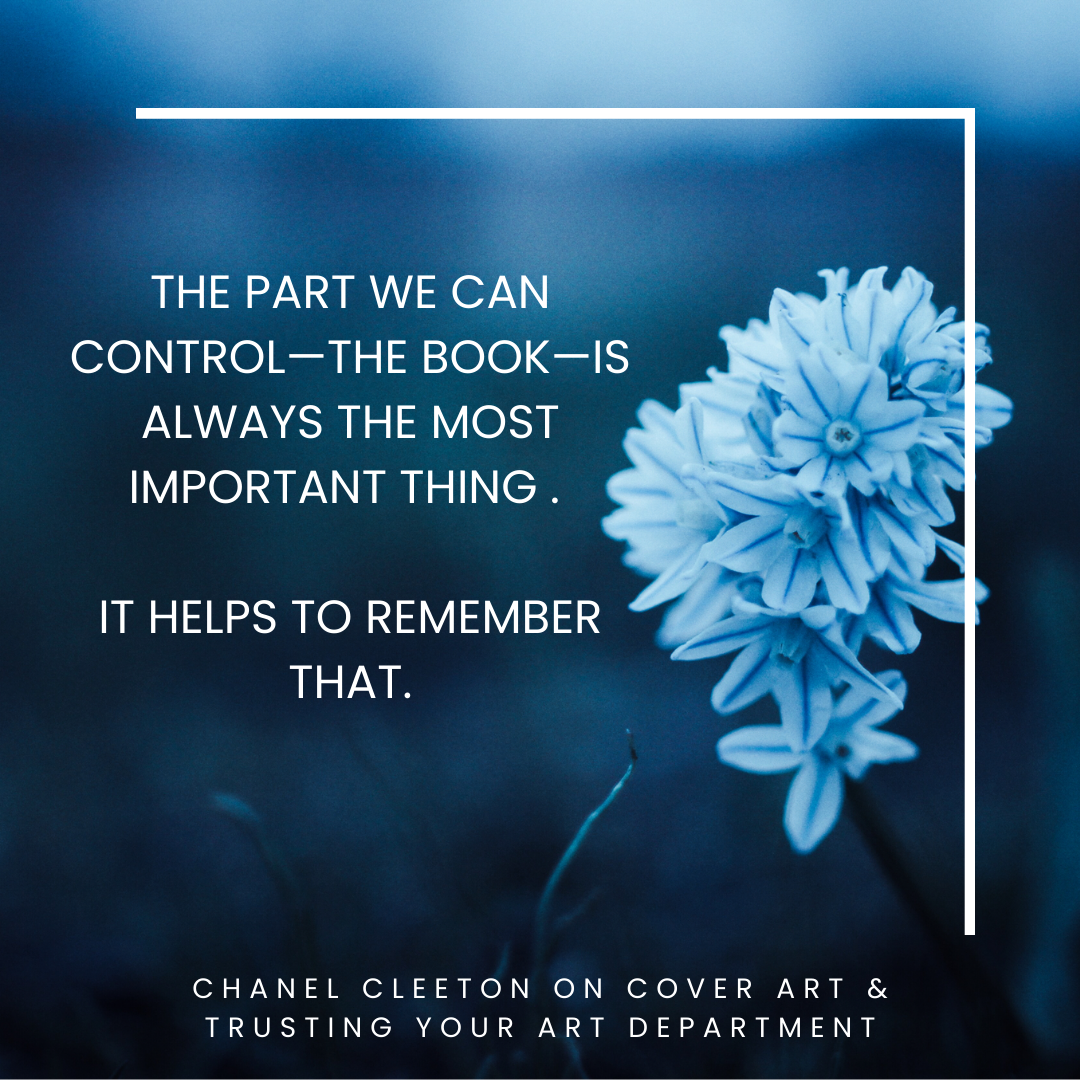I love talking to authors. Our experiences are so similar, yet so very different, that every one of us has a new story to share. Everyone says that the moment you get your cover it really hits you – you’re an author. The cover is your story – and you – packaged for the world. So the process of the cover reveal can be slightly panic inducing. Does it fit your story? Is it what you hoped? Will it sell? With this in mind I put together the CRAP (Cover Reveal Anxiety Phase) Interview.
Today’s guest for the CRAP is Alison Schaffir, author of Your Dream for Me, which releases on March 7.
Did you have any pre-conceived notions about what you wanted your cover to look like?
Yes, I wanted to keep an open mind, but I also had an idea of how I hoped my cover would look. As a young adult author, I often see common themes when it comes to other YA books. I envisioned a cover with a playful tone, vibrant colors, and attention-grabbing details. Since my characters also had specific interests, I wanted to incorporate certain elements like a spotlight to represent the theater component and spools of thread to demonstrate my main character’s love of fashion. Overall, I wanted my cover to portray a sweet, heartwarming coming-of-age story.
Did you have any input on your cover?
Yes, I was surprised by how much input I got on the cover. I was asked to fill out a Cover Art Concept Form where I got to share my ideas and inspiration. It was a pretty comprehensive document with questions about design elements, motifs, story locations, and other book cover examples that I liked. Once I filled out the form, the designer sent me back three concepts to choose from. We narrowed it down to our favorite, and then I went through two more rounds of edits before getting to the finished product. I was thrilled when I got to see the final cover design. It was everything I hoped it would be.
How far in advance of the reveal date were you aware of what your cover would look like?
For me, it was about six months in advance of my publishing date (and about four in advance of the cover reveal). With a smaller publisher like mine, timing tends to be a bit closer to the release of a book than for larger publishers, but it still gives you plenty of time to work through cover edits. Regardless of timing, I recommend creating some mood boards or saving examples well in advance, because they’ll come in handy when the time comes.
Was it hard to keep it to yourself before the official release?
Yes, it took a lot of effort to keep it to myself. I showed my cover to some close friends and family during the design phase, but I didn’t share it with my greater network until the official release. I wanted to get feedback from multiple sources to make sure the cover would appeal to a larger audience and hopefully sell well in the industry. While they say you shouldn’t judge a book by its cover, in the publishing world, the cover is a very important marketing tool and shouldn’t be underestimated.
What surprised you most about the process?
What surprised me most about the process was the level of collaboration. I had this idea in my head that you simply sent your book to the designer, they read it, and then created the final cover from there. Instead, I appreciated the amount of input I was able to give throughout each stage of the process. I was also surprised by the level of detail that the cover required. Even after the first draft, we continued to make little tweaks, like the characters’ outfits, their facial expressions, and where they were standing on the page. It really required a lot of patience and dedication to get to the final version.
Any advice to other debut authors about how to handle cover art anxiety?
Honestly, my best advice would be to not stress too much and just enjoy the experience. I may be biased because I enjoy graphic design, but the cover design process was one of my favorite parts of book publishing. You get to see your story come to life and view your characters through a visual lens. Plus, even if you are nervous about the process, don’t be afraid to overly communicate what you like or don’t like. The more detail I gave to my designer, the more I was able to get back a cover that matched my vision and one that I was proud of.
Alison Schaffir is a social media strategist and young adult author living in New York City. A lover of contemporary fiction, Alison developed her debut novel, Your Dream for Me, fusing two of her favorite interests, fashion and theater, together. She graduated from University of Richmond with a major in business marketing and a minor in psychology. When she’s not making up stories in her head, she loves indulging in Trader Joe’s lava cakes, belting early 2000s pop hits, and spending time with her friends and family.






